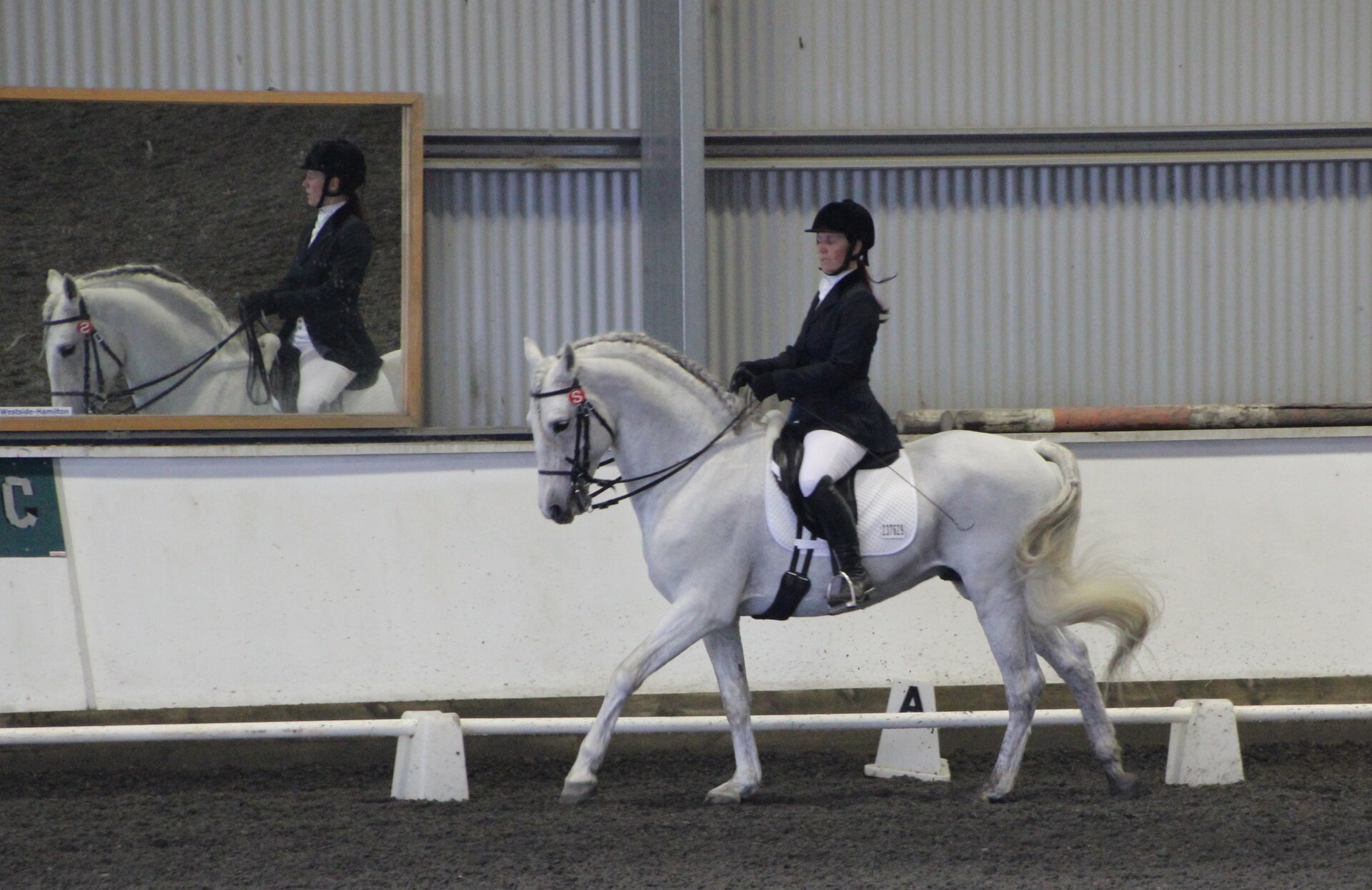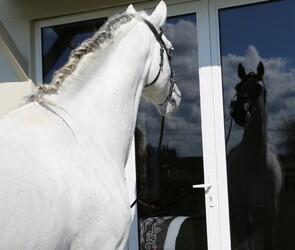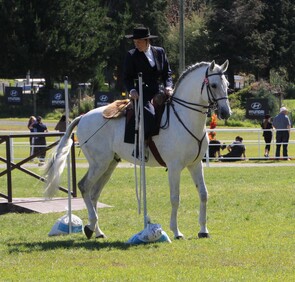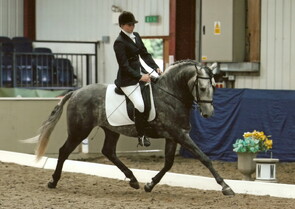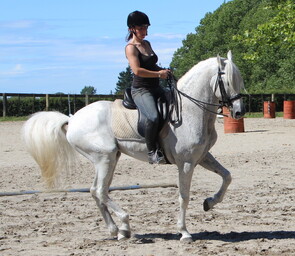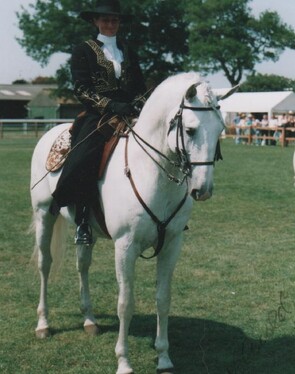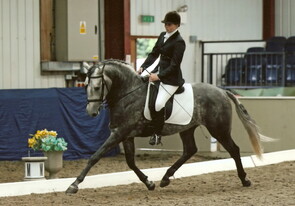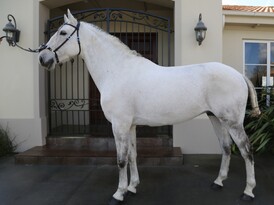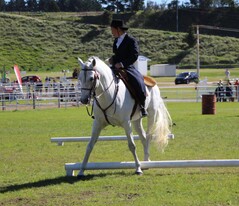ABOUT THE LUSITANO
The Lusitano is considered to be the oldest saddlehorse in the world. Native to Portugal, the breed is known for its agility, boldness & intelligence. Historically, this versatile & compact horse was selected for hunting & battle. Today the Lusitano continues to be in demand in its native country. The very same qualities which gained him popularity as a war horse thousands of years ago have enabled the Lusitano to compete successfully at modern equestrian sports. Through continued selection and breeding programs, the Lusitano has become a popular choice of horse for both competitive & leisure riders alike. In Portugal the horse continues to be used for Bullfighting alongside other more modern sports such as Dressage, Showjumping, Endurance and Working Equitation.
The popularity of the breed has increased immensely over recent years. There are now dedicated breeding centres in Portugal, Brazil, Mexico, USA, the United Kingdom, France, Belgium, Germany, Australia and more recently New Zealand. Such interest in the breed has contributed to an improvement in the quality of the Lusitano and helped develop new lines, which are more suited to the demands of modern competitive equitation. Despite these advances in the breed type, the traditional baroque Lusitano has been preserved and continues to be used by the Portuguese School of Equestrian Art in Lisbon where traditional Classical Equitation is still practiced.
The popularity of the breed has increased immensely over recent years. There are now dedicated breeding centres in Portugal, Brazil, Mexico, USA, the United Kingdom, France, Belgium, Germany, Australia and more recently New Zealand. Such interest in the breed has contributed to an improvement in the quality of the Lusitano and helped develop new lines, which are more suited to the demands of modern competitive equitation. Despite these advances in the breed type, the traditional baroque Lusitano has been preserved and continues to be used by the Portuguese School of Equestrian Art in Lisbon where traditional Classical Equitation is still practiced.
GRADING OF THE LUSITANO
The reason for grading Lusitano horses is to judge the horse on its own gaits and conformation. Each part of the body is judged individually and given a mark. At the end of the Grading these marks are added together and an overall percentage is given to the horse. If the horse has high percentages overall, the horse is accepted for breeding into the Portuguese studbook (Also known as the Book of Adults)
Stallions must be shown under saddle and are normally graded at about 4 or 5 years old. Mares do not need to be shown under saddle and can be presented at a younger age. However it is a good idea to wait until they have reached maturity.
Lusitanos are of Medium height, the average height for a female is 15.1Hands and a stallion's average height is 15.3 Hands. They can be of any solid colour with grey being the most common.
The body is judged on the following sections:
Head and neck
Shoulders and withers
Legs
Chest
Ribs
Back
Loins
Croup
The judge will also look at the overall picture of the horse. The body should appear round and fit within a square.
Temperament is also an important quality. Although not judged individually this will come into the overall assessment. If the horse scores poorly then they will not be approved as breeding stock in the Portuguese Studbook.
Stallions must be shown under saddle and are normally graded at about 4 or 5 years old. Mares do not need to be shown under saddle and can be presented at a younger age. However it is a good idea to wait until they have reached maturity.
Lusitanos are of Medium height, the average height for a female is 15.1Hands and a stallion's average height is 15.3 Hands. They can be of any solid colour with grey being the most common.
The body is judged on the following sections:
Head and neck
Shoulders and withers
Legs
Chest
Ribs
Back
Loins
Croup
The judge will also look at the overall picture of the horse. The body should appear round and fit within a square.
Temperament is also an important quality. Although not judged individually this will come into the overall assessment. If the horse scores poorly then they will not be approved as breeding stock in the Portuguese Studbook.
